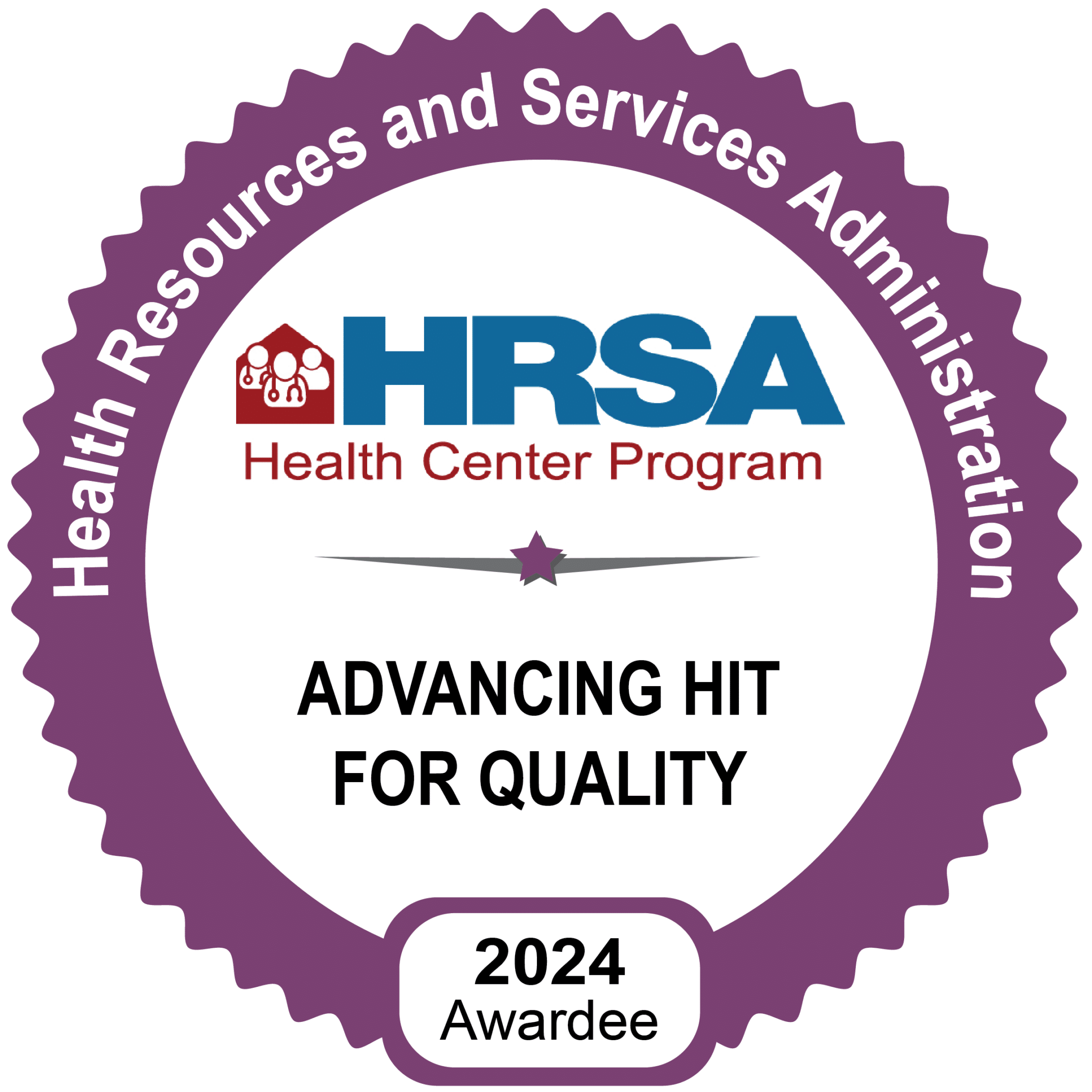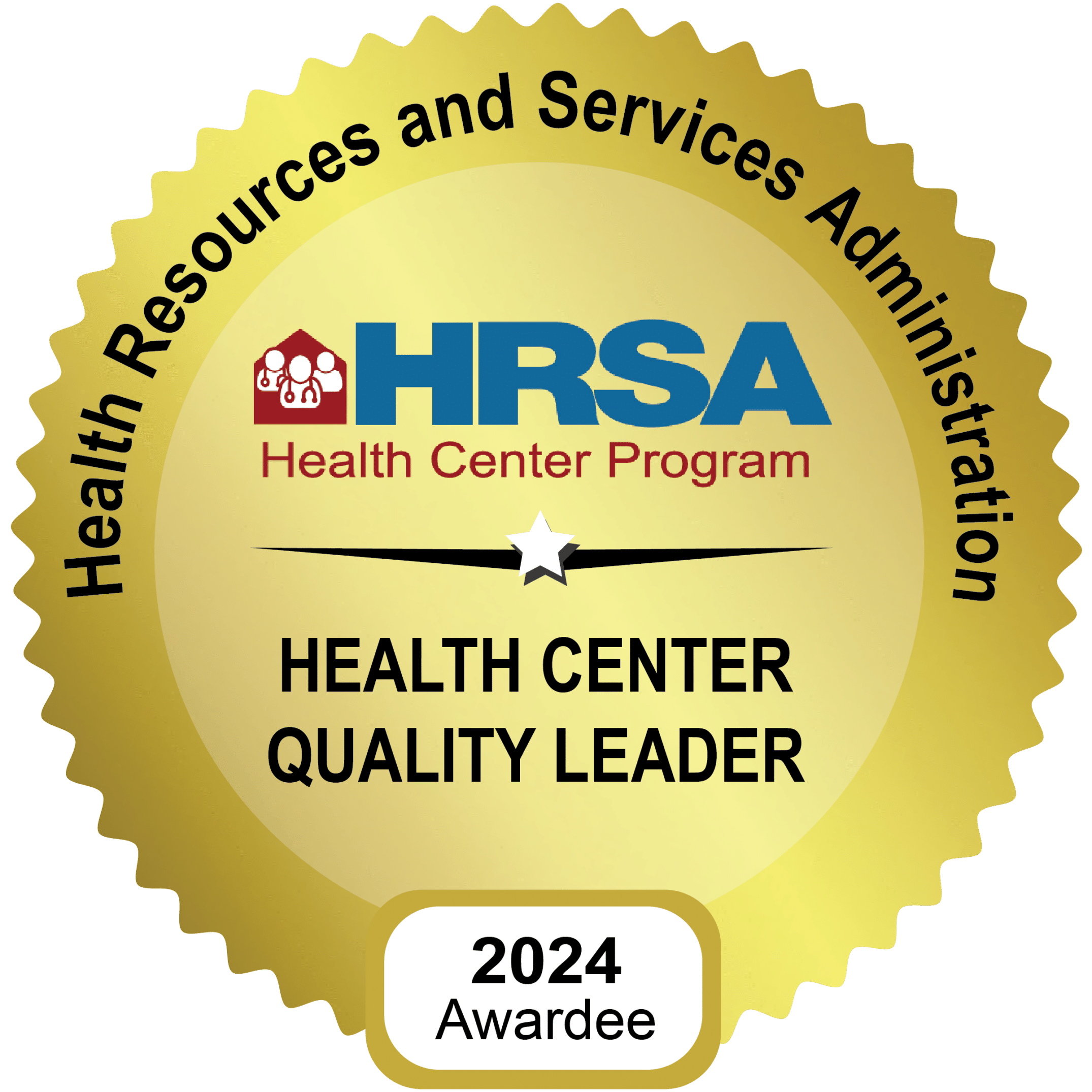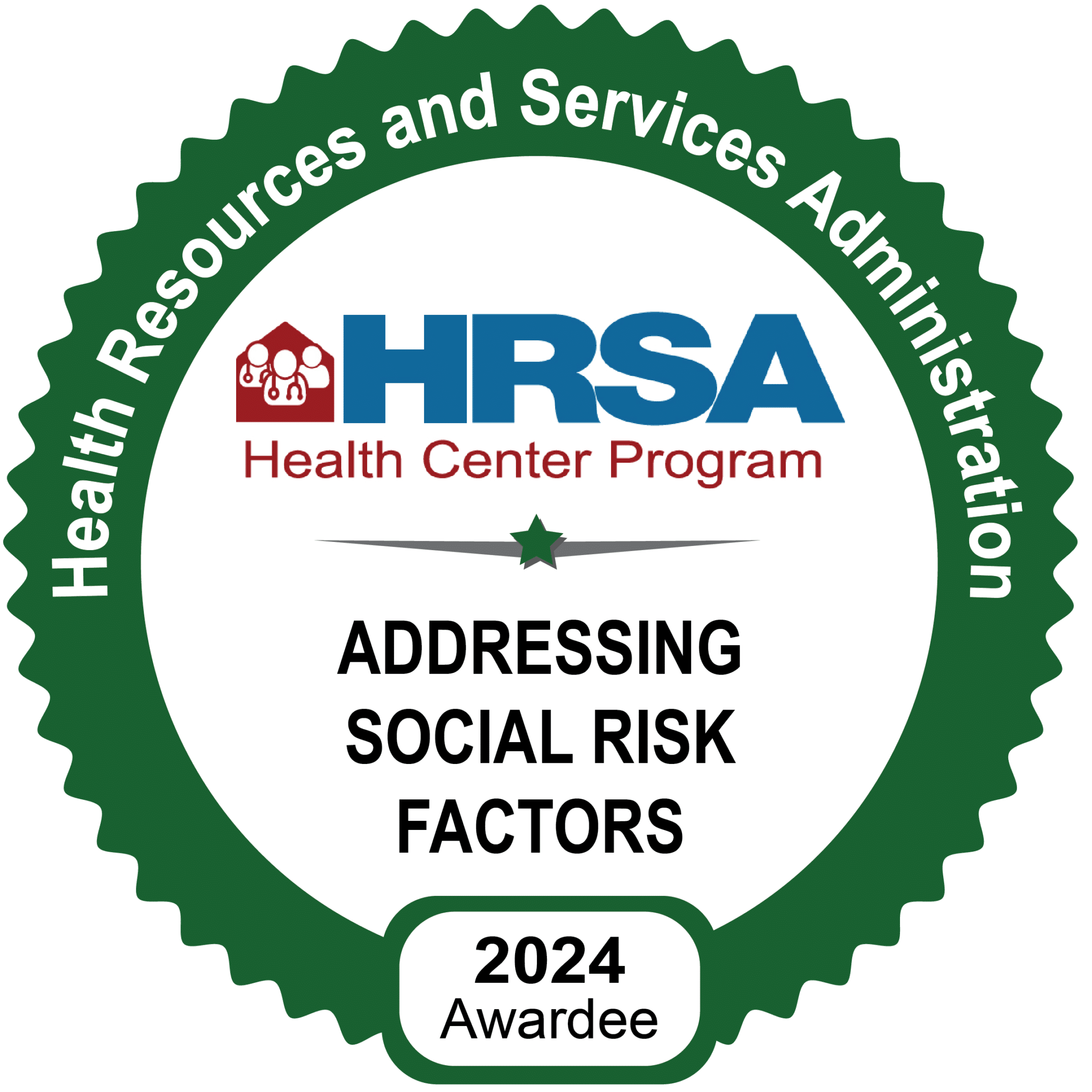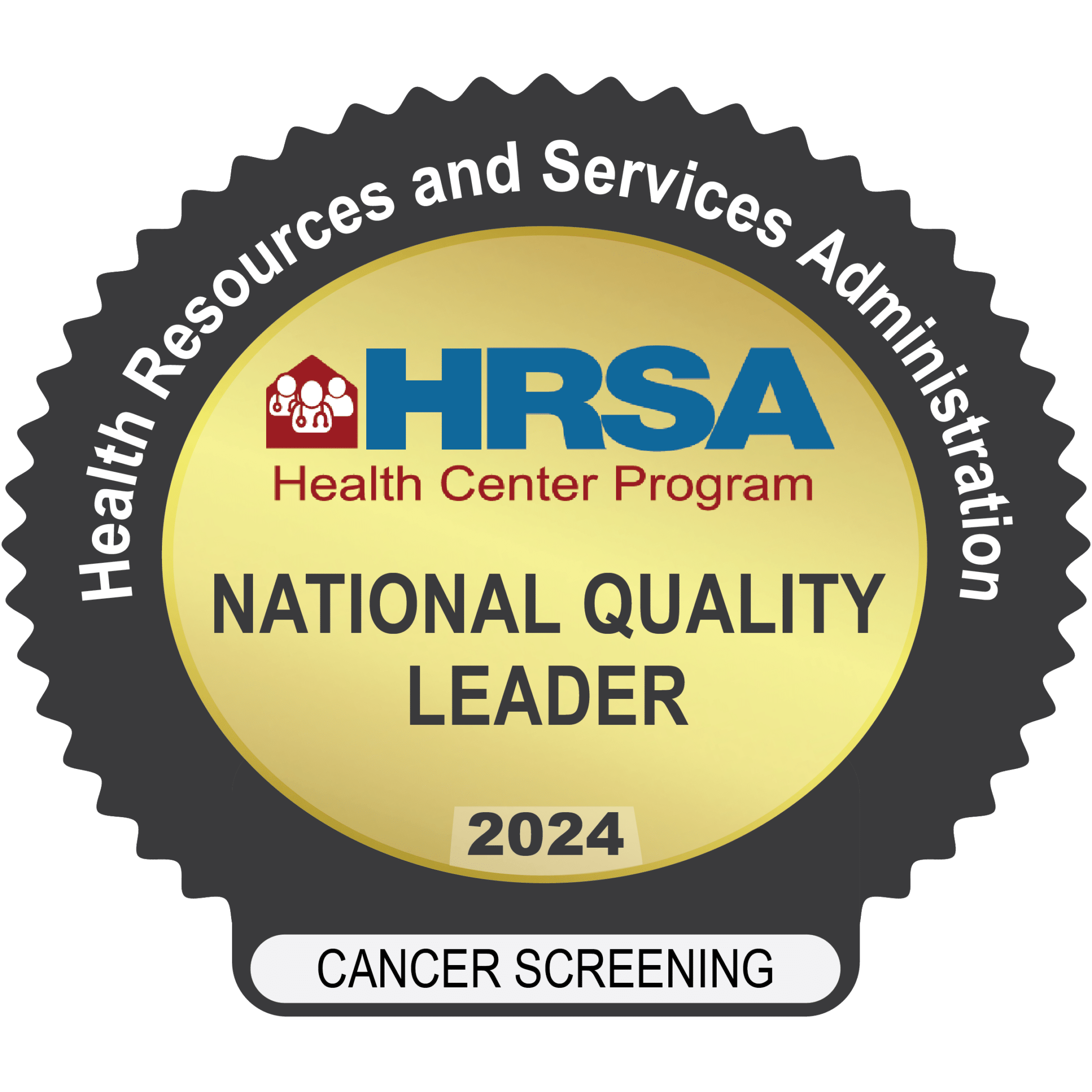PREPARING FOR A NEW YEAR
As 2022 winds down, the notifications for a new insurance plan year are just ramping up. With a number of programs available for those of all income levels, changes to coverage means that as the temps turn colder and the leaves begin to fall, we can all expect to spend some time reviewing our coverage and making sure that our policies continue to meet our needs. Healthcare affordability issues abound and whether your coverage comes from a job-based plan, private provider, healthcare marketplace, Medicare, Medicaid, or other supplemental providers, there are multiple opportunities available for those of all income and employment levels.
WHAT ARE THE OPTIONS?
Knowing where to go and what options are available is often the biggest hurdle to overcome, so let’s review some of the major players in the healthcare space.
- MEDICARE – Federally-run, this program subsidizes healthcare coverage for those age 65 and older, with supplemental coverage plans available for health and prescription drug plans.
- EMPLOYER-PROVIDED – The majority of those under age 65 are offered coverage by their employer, covering all or part of their premium costs.
- MEDICAID – Providing low-income applicants with healthcare coverage, nearly one in four Americans take advantage of this federally and state funded program.
- MARKETPLACE – Created by the Affordable Care Act, you can shop for insurance on the healthcare marketplace, applying for discounts based on your income level.
UNDERSTAND THE LINGO
It’s easy to think you need to have gone to med school to understand all the terminology, but the biggest things to consider when comparing coverages are your needs for yourself and your family. If you are relatively healthy and are getting coverage in case of a catastrophic injury, then a higher deductible policy may be right for you. Lower deductible policies come with a higher premium but can be a good fit for those with chronic conditions.
- PREMIUM – This is the amount that you will pay each month for your policy. This amount can be lowered with a tax credit for those applying through the Marketplace.
- DEDUCTIBLE – Policy holders must pay for a certain amount of medical bills before the insurance takes over. This amount is your deductible. Typically, the lower the premium, the higher the deductible, and vice versa. This is also where you’ll need to check your policy – many plans will pay for preventative care before you’ve met your deductible.
- COPAYMENT – After you have met your annual deductible, you’ll still be responsible for your monthly premiums, as well as a reduced fee for each doctor’s visit, called a copayment.
- COINSURANCE – Shown as a percentage, this amount describes the cover that you will pay for your healthcare once you have met your deductible. This is basically another way to describe your copayment.
PICKING A POLICY
Yes, there are a lot of options available, and it can certainly be overwhelming. Again, anticipating your healthcare needs allows you to make an informed decision.
- HMO – A policy provided by Health Management Organization has a strict network of covered providers, and seeking care outside of this approved network will mean incurring all associated costs yourself outside of your insurance. A bit of a trade off, these policies typically offer lower premiums and can be options for those without extensive health concerns.
- PPO – A Preferred Provider Organization offers a much broader selection of approved providers, although the policy may come at an increased cost. Additionally, for those out-of-network specialists or providers, some of the costs may be covered by your policy.
Even though the upcoming holiday season will have everyone running around busier than normal, pay attention to those healthcare notices and don’t let the deadlines creep up on you!
At Teche Health, we provide high quality healthcare void of income, age, or residency requirements. For those of all insurance and income levels, your healthcare needs are our top priority, delivering comprehensive services with sliding scale payments and payment assistance programs to make sure that our services are available to all.




